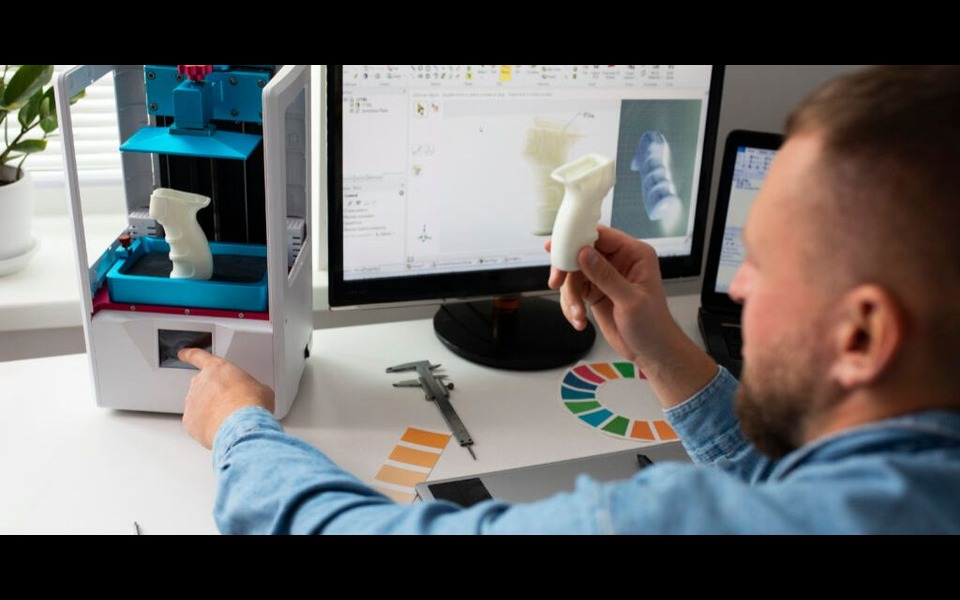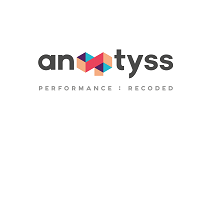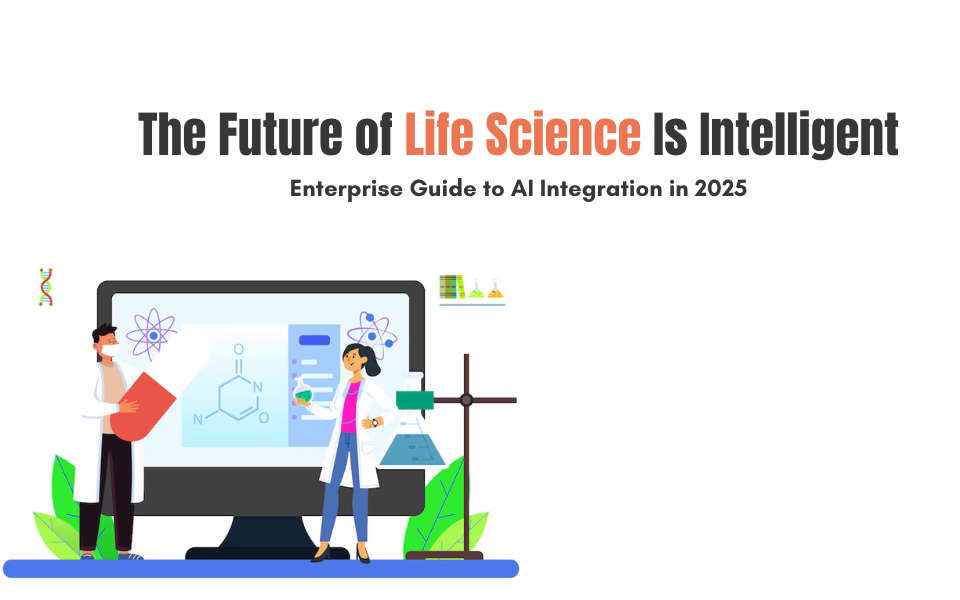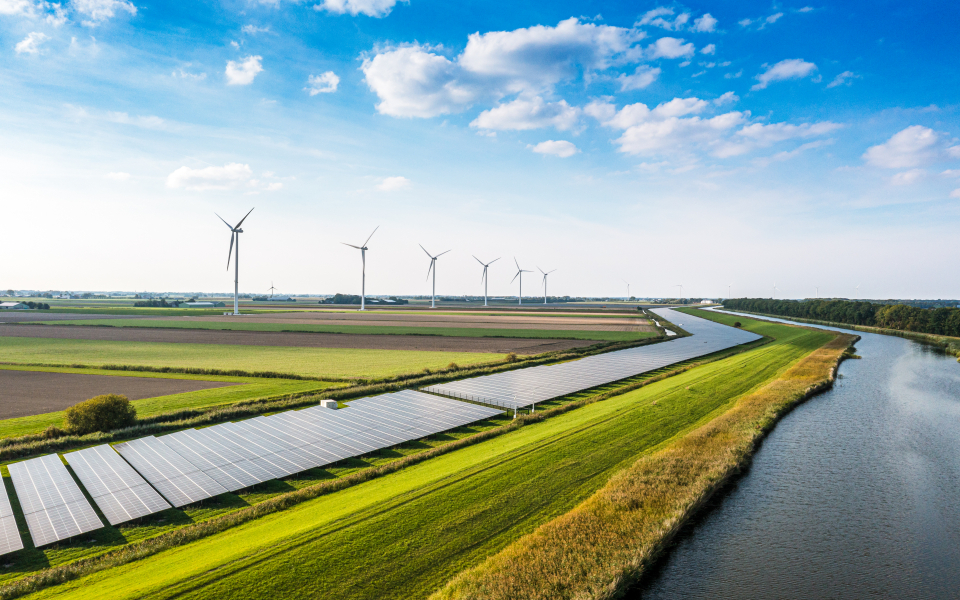This blog has been authored by Autodesk.
Enrico Dini quit a high paying job in robotics to make a printer that ‘prints’ houses from sand. Krista Donaldson goes from guiding the reconstruction of Iraq’s electricity sector to creating a $80 prosthetic knee that is changing lives. A group of IIT students cut through the rainforest of conventional design to create a climate-sensitive, energy-efficient campus wellness center.
Despite the occasional scoff, out of box thinkers and innovators like them can never stop designing for a better world. A world where 9 billion people can thrive by 2050, within limits, of its finite resources. We have already consumed 40 percent more than the planet can sustainably provide, while contributing to pollution and rise of sea levels globally. To keep away the dangerous effects of climate change, we must ensure up to 90 percent of fossil fuels stays where it belongs – in the ground. It’s time designers hit the road with new ideas to intentionally shape the way we tackle our common problems, from housing to healthcare.
A challenge of epic proportions
2 billion people, more than a sixth of the world’s population, that’s the number of people in India and it is expected to touch 1.6 billion in 2050, surpassing China. By 2030, India’s cities, already groaning under the weight of growth, will add another 250 million people. Identifying the means to accommodate the aspirations of people flocking to the cities in search of work and a life is the key to India’s future. As precious resources like water and raw materials (natural systems) along with infrastructure and institutions (human systems) are being stretched, cities are under huge pressure to function as sustainable living spaces. Rapid urbanization is also a worldwide trend with the need to accommodate nearly 3 billion people in new urban spaces. This means building more urban infrastructure in the next 30 to 40 years as we did in the last 4,000.
Problem-solving by design
Enrico Dini’s D-Shape 3D-printer ‘prints’ stone structures from sand, in the process shaking up the foundations of architecture. The idea was triggered the first time he saw a 3D printer work. D-Shape’s printer head, a matrix of 300 nozzle heads, moves back and forth, dropping a sea-water-based ink on the substratum. The ink binds the sand layer by layer into chosen designs. Enrico’s masterstroke so far is Rygo, which sits in Vancouver’s VanDusen Botanical Gardens – the largest 3D-printed stone object in North America. Further along the same innovation road, UK’s Facit Homes is busy rethinking the way houses are designed and built. They create digital 3D models and then get portable computer numerical control (CNC) machines to work on them. The CNC machines “spit out” tiny components and even number them. Workers onsite read the numbers and easily assemble them like Lego bricks into snug homes, which also meet every expectation. This approach holds promise of ‘printing’ millions of homes around the world, thereby addressing one of humanity’s most pressing challenges.
Architects, city planners, builders, designers, engineers, and 3D artists work with sustainable technology solutions in the design area, like intelligent model-based building information modeling (BIM) software, to bring energy-efficient buildings into being. Climate-sensitive architecture as a design philosophy is gaining ground. This is founded on ideas like trying to get people to respond to a certain space in a certain manner and continue the romance between person and space.
IIT Kharagpur architecture students Aaron David Mendonca and Anutosh Kanoria, for instance, designed a primary healthcare center for a large campus. Their brief was to firmly establish a feeling of wellness.
They looked beyond the customary view of planting trees, giving them artificial lighting, providing light openings in the center and strapping solar panels to the building. Instead they brought in nature by keeping the building itself open.
The scale and size were very human, so energy intake was low. The team skipped processing for the most part. Concrete was kept in the raw natural state. So much so that one can feel the roughness and texture beneath the feet. Inputs on the exact sun position and play of shadows are significant in terms of getting the most energy savings and quality for spaces. This information came from the BIM. The team also used BIM to continually view their rough design from a range of perspectives. It helped them simulate the design virtually and perform iterations to improve its quality and function.
With the influx of people into cities, it is important to prepare the built environment to withstand the effects of disasters (e.g., earthquakes, floods). Planners in cities can now get geospatial data, including in compelling 3D representations for both natural and constructed features, above and below the ground.
Intersecting this data with architectural or engineering design data will help keep the cities safe when disaster strikes. In many ways CAD and GIS data exist along two different tracks; CAD groups often use a mix of digital and manual drafting. There is need to achieve interoperability. This was done successfully by the city of Las Vegas which developed a convergence model for its geospatial data and the trend is catching on.
As we talk about possibilities let us consider under challenge that tend to remain under the radar for many of us. Today, three million amputees (including 500,000 in India) need a new or replacement knee every year worldwide.
For most above-knee amputees in low-resource settings, bamboo staffs substitute for expensive prosthetics. A prosthetic knee, expected to retail at under $80, announced this year by San Francisco based D-Rev, brings hope to these amputees.
At one-fifth the price, it performs just as well as comparable knees and is also lighter. An equivalent microcontroller knee costs no less than $20,000. Krista Donaldson and her team at D-Rev, a non-profit, combined digital design as well as new manufacturing techniques and materials to iterate their way to the latest version of their knee design – V3 ReMotion Knee. It cost $13 dollars to make, but is still considered world-class.
The knee uses high-strength polymers and stainless steel components that can help withstand humid and wet weather. It allows users to kneel, squat and bike, mobilizing them significantly. Not surprisingly, D-Rev is short for ‘Design Revolution’.
At two levels, the company taps into the power of massive collaboration. It networks with Stanford –Jaipur Knee groups on R&D. At the same time, the company works with the American Academy of Pediatrics to ensure products meet global standards and with licensees who make and distribute products.
D-Rev raises grants from large sections of people (crowdsourcing) toward the R&D required to make affordable products that can change the lives of more recipients living on $4 a day. In January 2014, San Diego-based Organovo created a 3D printed liver tissue.
The company is a pioneer in bio-printing (a 3D-printing offshoot) that allows researchers to print replacement organs and save and enhance lives through transplants. Since the bio-printed organs are based on the culture of the recipient’s cell, the chance of organ transplant rejections is quite low.
Human history has always been about thriving over existential challenges by intentionally shaping the environment. From the Neolithic tools, to invention of the wheel to 3D printing today, design technology has been central to driving progress in our societies.
As we face a fresh set of challenges, we need to prepare young people, numbering 1 billion (including 150 million in India) at the moment, for life in a world that demands vastly different skills than ever before. Stirring the spirit of inquiry through innovations in design technology is the need of the hour.
The works of Enrico Dini, D-Rev and the students from IIT Kharagpur demonstrate that a design-led revolution is underway. It may represent our best hope for solving the challenges of 2050.



































